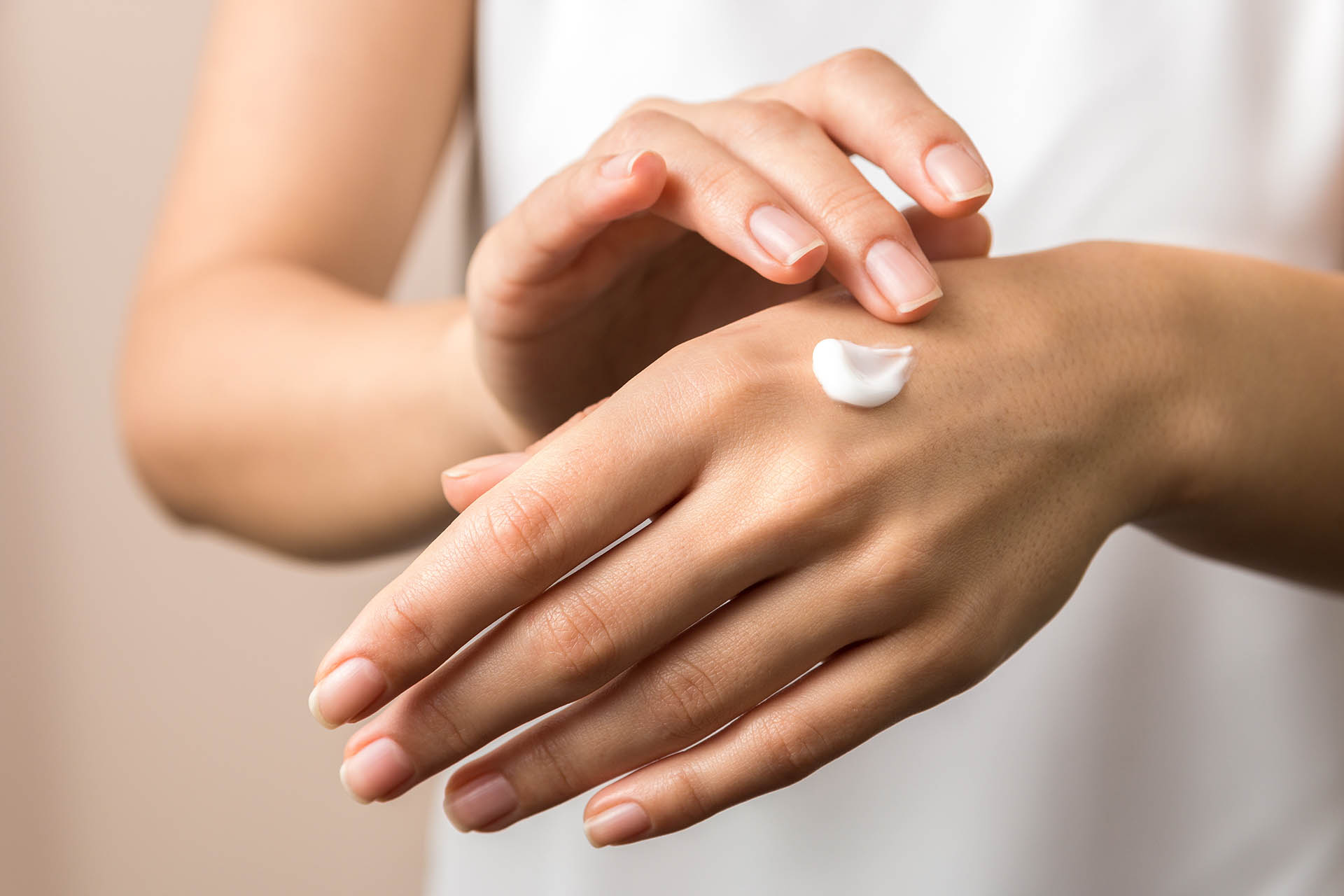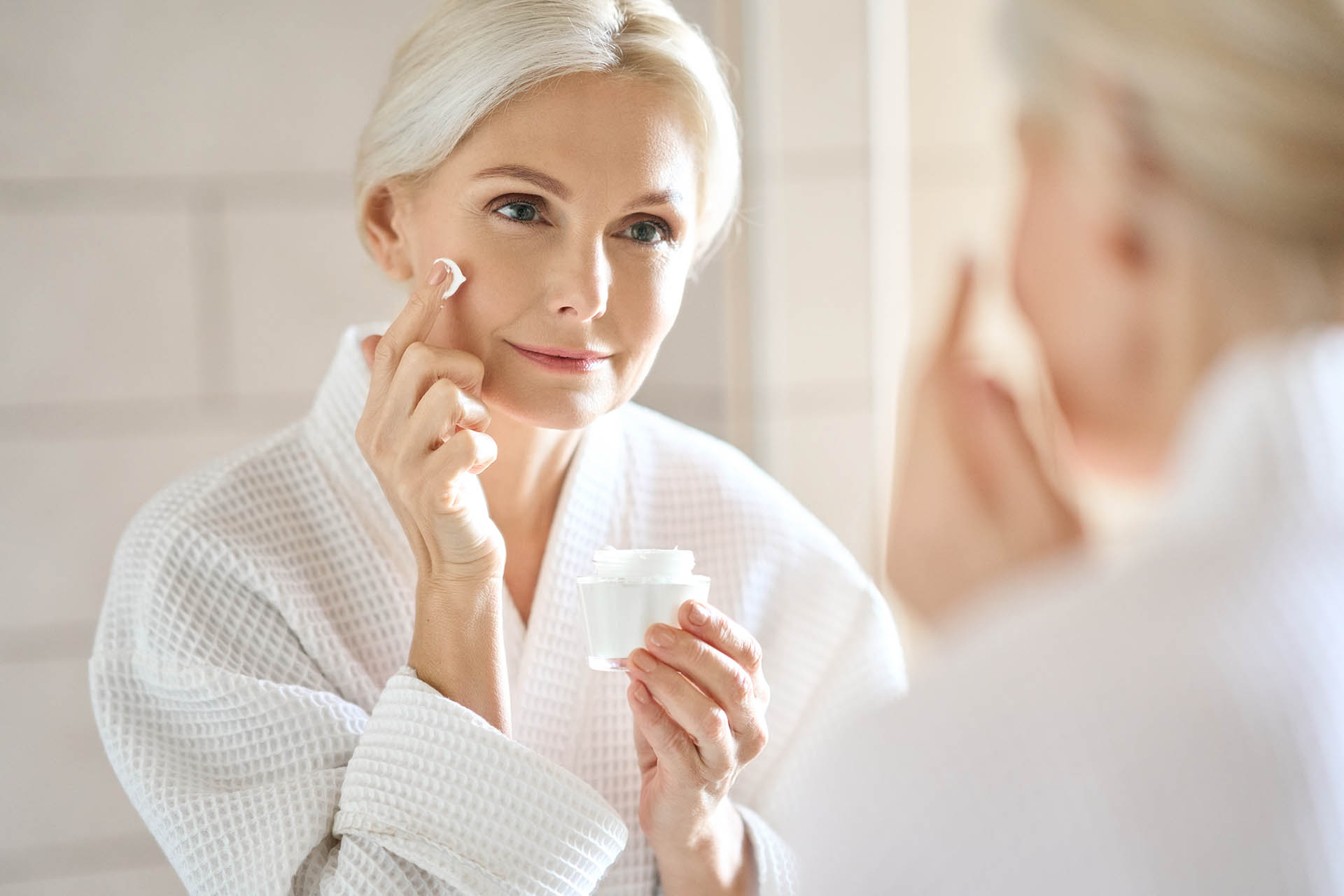So you’ve decided you’d like to try a particular ingredient or product – be it a retinoid, vitamin C, a cleansing oil, or something else. How do you go about choosing which one? Is more expensive better? Do you have to read the label? And what do you look for, if so? Here we demystify the process, enabling you to make better choices for your skin.
Price
Is more expensive really better? It depends, but in general, no. It’s easy to understand why you may think that the more expensive a product, the better it is. Perhaps it contains higher quality ingredients, or higher concentrations of the active ingredients? The truth is, many ingredients used in skincare aren’t that expensive. Often you’re paying for the marketing and packaging, rather than the actual product itself. Sometimes, more expensive products feel nicer on the skin, or have a nicer fragrance. Whilst these factors won’t make them more effective, they may be more pleasant to use. If this is a factor you’re happy to pay for, then go for it – just know that you’re aren’t necessarily paying for better results.
When it comes to cleansers, sunscreens and moisturisers, there are definitely plenty of inexpensive options which work well. There are some cases when price may reflect effectiveness. For example, some skincare brands have run clinical trials to demonstrate their products actually work. This is something that may be worth paying for, although you could find a cheaper alternative that contains the same ingredients, and conclude that it probably works too.
Ingredients
Do I really need this?
First, think about what ingredients you’re looking for, and for what purpose. It can be tempting to think the more the merrier, and that because there’s a lot of talk about a particular ingredient, you need it too. The thing is, just because salicylic acid may be a really great exfoliant, it doesn’t necessarily mean it’s right for you, and using too many active ingredients, or the wrong ones for your skin type, can lead to skin irritation and disruption of the skin barrier. Choose your active ingredients carefully, as most people only need a handful for an excellent skincare routine.
Order
Ingredients are usually listed by their International Nomenclature of Cosmetic Ingredients (INCI) name, with their common name listed next in brackets. Ingredients should be listed in descending order from the highest to lowest concentration. The exception is ingredients with a concentration of less than 1%, which can be listed in any order.
Percentages
Products don’t have to disclose the exact percentages of the ingredients they contain. However, it can be helpful to know this, as the concentration is important to determine if an active ingredient will actually have an effect. Take niacinamide, for example. Most of the research on the use of niacinamide on the skin is on concentrations of 2 – 5%. If a product claims to contain niacinamide but only contains 0.1%, it may not be effective. The trouble is, unless a product states what the percentage of each ingredient is, you have no way of knowing.
In general, if you’re choosing a product for a particular active ingredient, it’s best to choose one that states the percentages of the active ingredients. Then you’ll have a better idea of whether it will actually do what you’re hoping. If the percentages aren’t listed, it can help to look where in the list of ingredients the one you’re after sits. If it’s towards the end of the list, the product probably doesn’t contain much of it.
Should I be looking for the highest concentrations of ingredients?
No. It can be easy to assume that the higher the percentage of an ingredient, the better. However, this isn’t always the case. Let’s look at niacinamide again. Based on the research, we know that niacinamide works well at concentrations of 2-10%. Using a higher concentration than this may not provide any added benefit, and could increase the risk of irritation or other adverse effects.
Form
It’s important to know what form of an active ingredient is contained in a product, not just that it contains ‘Vitamin C’ or ‘Vitamin A’. For some ingredients, such as Vitamin C and retinoids, the form is just as important as the concentration. L-ascorbic acid is the most active form of vitamin C, but also the most unstable and prone to causing irritation. If you have sensitive skin, it may be worth looking for a more gentle form of vitamin C, such as magnesium or sodium ascorbyl phosphate.
Similarly for retinoids, some forms such as tretinoin are much more effective but more irritating than others, and the percentages aren’t interchangeable. Tretinoin is about 10-20 times more potent than retinol, so a product which contains 1% retinol actually isn’t stronger or more effective than a product which contains 0.05% tretinoin, even though at first glance it may seem that way.
Ingredient combinations
Certain combinations of ingredients can improve how well each other works. Let’s look at L-ascorbic acid, the most active form of vitamin C. It works much better when paired with ferulic acid and vitamin E, as they improve its stability. Looking for a product which contains these ingredients in combination may give you better results than a product containing L-ascorbic acid alone.
Ingredients to avoid
There aren’t any blanket rules about ingredients to avoid. In Australia, almost all ingredients used in cosmetic products are subject to regulation and have been deemed safe by the relevant body, which is usually the Australian Industrial Chemicals Introduction Scheme or the Therapeutic Goods Administration. If they weren’t considered safe, they wouldn’t be allowed to be included in products. However, if you have sensitive skin, it may be worth considering avoiding certain ingredients such as sodium lauryl sulfate and sodium laureth sulfate which can cause skin irritation, methylisothiazolinone, a preservative which can cause allergic contact dermatitis, certain types of alcohol, which can be drying, and fragrance. In addition, some essential oils, whether included for their fragrance or for other reasons, can be causes of contact dermatitis.
Fragrance
We get it, beautiful smelling products are lovely to use. However, fragrance in skincare can be quite irritating, and a cause of contact dermatitis. In general fragrance is best avoided, but if there’s a product you love which is fragranced and it doesn’t cause you any issues, by all means keep using it.
Multitasking
If you’re looking to simplify your routine or save a bit of time, looking for products which multitask can be a great idea. For example, you could look for a cleanser which contains salicylic acid if you’re prone to acne, or a moisturiser which contains niacinamide for its antioxidant effects. Just be sure to check the product contains enough of the active ingredient to be effective, and that it isn’t just included to use as a marketing ploy.
Formulation
It’s helpful to consider your skin type as well as your preferences when it comes to choosing products. Within the moisturiser category, there are lots of options when it comes to the form, from lightweight gels and lotions to heavier creams and balms. Similarly, there’s a wide range of cleansers available, from cleansing oils to foaming cleansers. Consider what you like to use and what your skin needs, as there’s no point choosing a fantastic moisturising lotion if your skin needs a more hydrating cream, or a cleansing oil if you don’t like the feel of them. In general, if you have dry skin, you’ll be best using heavier moisturising creams or balms and gentle milk or cream cleansers, while oiler skin is better off with lightweight moisturising lotions and cleansing gels, milks, or gentle foaming cleansers.
Feel
There’s a big variation in how products feel on the skin, even within the same category. One serum can feel completely different from another. This really comes down to trial and error, and your preference. You need to find a product which sits well on your skin, and that you enjoy using. Sunscreen is a great example of this – what works well for one person may not for another, and the only way to really know is to test them out. The labels can give you some clues, such as ‘dry touch’, ‘lightweight’ or ‘fast-absorbing’, but the best way to know is to give them a go.
Packaging
It’s natural to gravitate towards products that have lovely packaging, but does it actually matter? Sometimes, it does. Firstly, products in jars or tubs versus products in pumps or tubes may be more susceptible to contamination, and may contain more preservatives (which isn’t necessarily a bad thing). Secondly, some products must be protected from air and/or light to remain effective. For example, Vitamin C can oxidise and become less effective when exposed to air and light, so look for opaque, air-restricted packaging. A third consideration is the volume of the product. Some expire after a certain time period, so check that you will use the product before it expires, otherwise you’ll be paying for product you either don’t use, or that may be less effective if used after the expiry date (which we don’t recommend).





